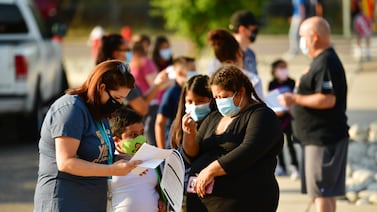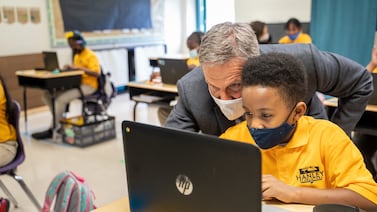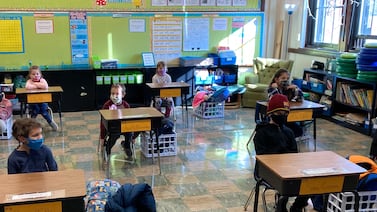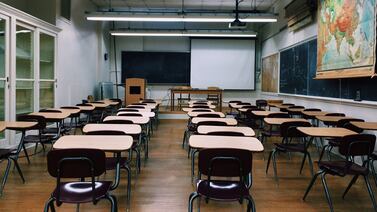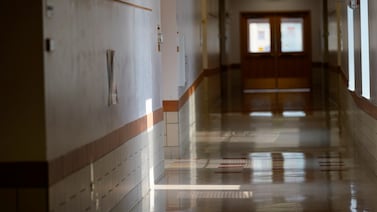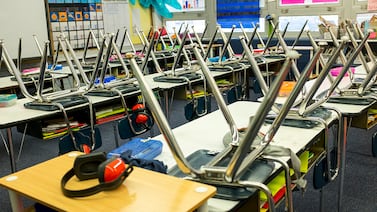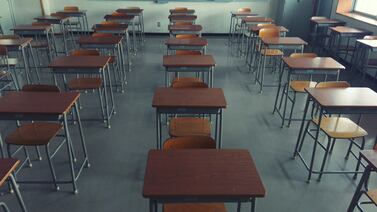Did more Colorado families cross district lines for school during a pandemic year? A little, numbers show.
Since Tennessee’s first public charter schools opened in Memphis and Nashville in 2003, the state’s charter sector has been contained to its four largest cities. But that could change in a few years under expansion work by Gov. Bill Lee’s administration.
The number of families that chose in-person learning varied widely by campus, and about 15,000 students did not make a selection at all.
New York City’s public schools lost more students this year than the previous 14 years combined.
Nearly 88% of Indiana students from the class of 2020 graduated, a slight uptick from 2019. The graduation rate has been stagnant for about a decade.
The relatively small size of many school outbreaks could mean that Colorado’s safety and quarantine protocols have helped limit transmission.
Search our database for your school
Public school enrollment is falling at schools across New York City, according to preliminary data obtained by Chalkbeat. School rosters have already lost about 31,000 students compared with last year.
Good ventilation could lower the risk of coronavirus transmission. Find out where your school stands.

